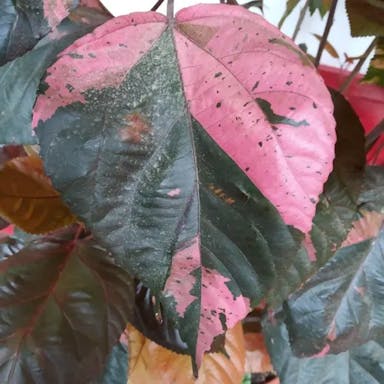Tree heath, scientifically known as Erica arborea, is a species of flowering plant native to the Mediterranean region. The Mediterranean has hot summers. It is a small tree that can reach heights of up to 6 meters. The flowers are beautiful. They bloom in clusters. This plant is commonly referred to as
0
0












